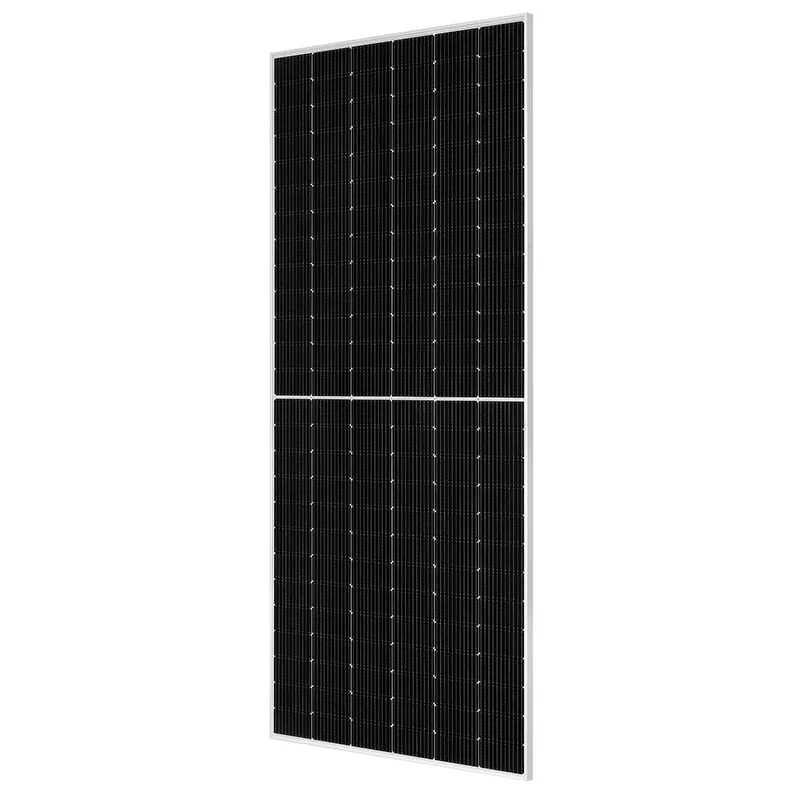solar panel how its made
How Solar Panels Are Made A Comprehensive Overview
Solar panels, a cornerstone of renewable energy technology, harness sunlight and convert it into usable electricity. Their production involves a multifaceted process that includes various materials, manufacturing techniques, and quality assurance measures. In this article, we will explore the intricate steps involved in making solar panels, highlighting the components that contribute to their efficiency and longevity.
Raw Materials
The primary ingredient in most solar panels is silicon, a widely available semiconductor material. Silicon is derived from quartz sand, which undergoes a purification process to separate it from impurities. The result is metallurgical-grade silicon, which is further refined and crystallized into either monocrystalline or polycrystalline forms. Monocrystalline silicon, known for its high efficiency and aesthetic appeal, is made from a single crystal of silicon. In contrast, polycrystalline silicon is created by melting multiple silicon crystals together, making it slightly less efficient but more cost-effective.
Manufacturing Process
The production of solar panels begins with the formation of silicon wafers. The purified silicon is heated and formed into large blocks known as ingots. These ingots are then sliced into thin wafers, typically around 180 micrometers thick. Each wafer serves as the foundational element of the solar cell, where the photovoltaic effect occurs.
Once the wafers are prepared, they undergo a doping process, where small amounts of other elements like phosphorus or boron are added to create a p-n junction. This junction is crucial for generating electricity, as it allows the solar cells to convert sunlight into an electric current. After doping, the wafers are treated with anti-reflective coatings to minimize light reflection and maximize absorption.
Assembling Solar Cells
solar panel how its made

The next stage involves assembling the individual solar cells into panels. The cells are connected in series and parallel configurations to achieve the desired voltage and current specifications. This arrangement is crucial for ensuring that the solar panel can effectively capture and convert sunlight into electrical energy.
The interconnected solar cells are encased between layers of protective materials such as ethylene-vinyl acetate (EVA) and a tempered glass cover. The glass provides durability and protection against environmental factors like hail, rain, and snow. Finally, a backsheet made of polymer is applied to protect the electrical components from moisture and UV radiation.
Quality Control and Testing
Before the solar panels are shipped for installation, they undergo rigorous quality control and testing. Each panel is inspected for defects, and its efficiency is tested under controlled conditions to ensure that it meets the industry standards. Tests involve exposure to various environmental conditions, including extreme temperatures and humidity, to assess durability and longevity.
Environmental Considerations
Solar panel manufacturing is not without its environmental impact. However, advancements in technology and processes have led to more sustainable practices. Many manufacturers are increasingly utilizing recycled materials and reducing waste. Additionally, as the demand for solar energy continues to rise, efforts to improve energy efficiency in the manufacturing process are also gaining traction.
Conclusion
The journey of a solar panel from raw material to finished product involves a complex series of processes that require precision, technology, and quality assurance. Understanding how solar panels are made not only highlights the innovation behind renewable energy technology but also showcases the potential for sustainable practices in manufacturing. As the world increasingly shifts towards clean energy solutions, advancements in solar panel production will play a pivotal role in harnessing the sun's power for a brighter, more sustainable future.
-
Unlocking Energy Freedom with the Off Grid Solar InverterNewsJun.06,2025
-
Unlock More Solar Power with a High-Efficiency Bifacial Solar PanelNewsJun.06,2025
-
Power Your Future with High-Efficiency Monocrystalline Solar PanelsNewsJun.06,2025
-
Next-Gen Solar Power Starts with Micro Solar InvertersNewsJun.06,2025
-
Harnessing Peak Efficiency with the On Grid Solar InverterNewsJun.06,2025
-
Discover Unmatched Efficiency with the Latest String Solar InverterNewsJun.06,2025







